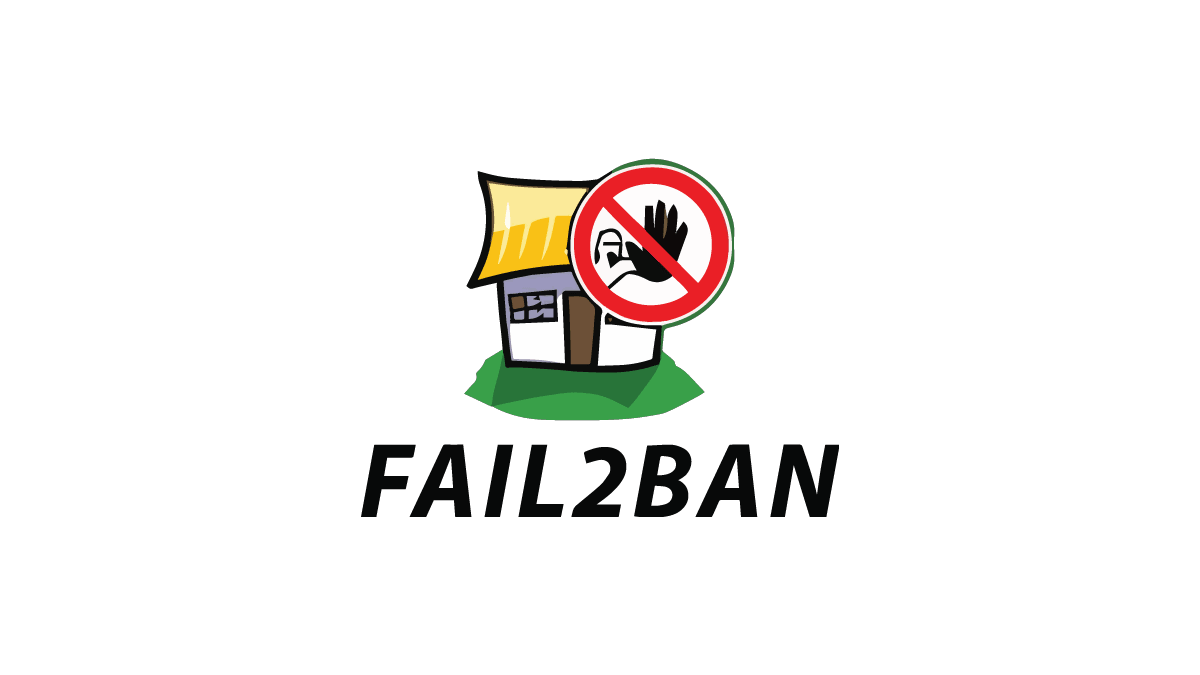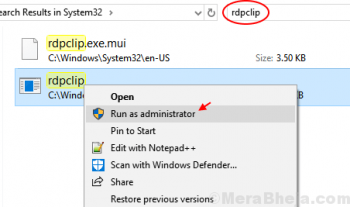All we know that the most commonly used command-line application in many Linux distributions is 'Terminal'.
The important tool for Sysadmins and many developers in the Linux system.
However, sometimes we need to have a record of all activities, which we are performing on the Terminal.
For our convenience, a python-based tool is created that can record our terminal activities for a specified session.
TermRecord is a simple open source tool written in Python, which allows saving terminal sessions to an easy-to-share, self-contained HTML file.
Once the Terminal session is recorded, we can export it into a self-created HTML file. So, you can share recorded activities with your collaborators.
The best thing about the TermRecord, it can be installed on almost all types of Linux distributions including macOS.
The open-source of TermRecord released under the MIT license and this application makes secure the auditing of the source code. If you need then, using this application you can easily share your terminal session.
Here at LinuxAPT, as part of our Server Management Services, we regularly help our Customers to perform Software Installation tasks on CentOS systems.
In this context we shall look into how to install TermRecord on CentOS 8 Linux system.
How to install TermRecord on CentOS 8 ?
In order for TermRecord to work correctly on CentOS, you must install Python on the system.
To begin, Log into the system as a root user with root privileges.
1. Now, install python on our system by using the following command:
# dnf install python3Now, you have Pip3 tools on your system through which you can install TermRecord on CentOS 8.
To check the installation of pip-tools, type the below-mentioned command:
# pip3 --version2. With pip, you can install TermRecord on your system by running the following command as root on the terminal:
# pip3 install TermRecordHow to use TermRecord on CentOS System ?
1. To start to record the terminal commands or tasks, type the following command:
$ TermRecord -o test.htmlIn the 'test.html' file, all terminal activities will record in the form of a video.
2. You can navigate this file in your system’s home directory.
3. Once you have finished the recording, type the 'exit' command on the terminal and hit the 'Enter' key.
Now, open the Html file which will automatically detects the terminal window size.
Moreover, it has interactive buttons for play recording such as play, pause, and the ability to slow down and speed up the playback.
[Need urgent assistance to install missing packages on CentOS system? We are available to help you today. ]
Conclusion
This article Covers how to install the TermRecord application on CentOS 8. The TermRecord application allows you to better enjoy the recorded #Terminal content.
TermRecord is a simple, open source, terminal session recorder with easy-to-share self-contained HTML output.
#TermRecord Stores these files as your own notes, email them to collaborators, use them as instructional examples, or whatever you wish.
TermRecord consumes output from the script command with timing information and can create a self-contained HTML file which replays the recorded session without needing to load anything from the web.
These term sessions can be emailed and viewed on practically any device (including iPads etc.).
The end user only needs a modern browser.
Features of TermRecord includes:
1. User friendly.
2. Detects the terminal size.
3. Nest sessions.
4. Cross-platform HTML-based output.
5. Stores the output as either JSON, embeddable JavaScript, or a static HTML file.
6. Written in Python.
To install on TermRecord #CentOS:
1. First of all, connect to your server via SSH and make sure that all of your system software is up to date.
Run the following command to update the package list and upgrade all of your system software to the latest version available:
$ sudo yum update -y
2. Install Pip.
Add the EPEL Repository:
$sudo yum install epel-release
Install pip:
$ sudo yum install python-pip
Once the installation has completed, you can verify that it was successful by using the following command:
$pip -V
3. Install TermRecord
Install TermRecord using the Python package manager (pip):
$sudo pip install TermRecord
How to use TermRecord on CentOS system ?
Taking a video of the terminal with TermRecord is rather simple, just run the following command (be attentive to capital letters):
TermRecord -o record.html
Note: We specify the output file in which the video will be recorded using the -o option. the .html format is the default format.
For more complex operations check out TermRecord --help
This article Covers how to install the TermRecord application on CentOS 8. The TermRecord application allows you to better enjoy the recorded #Terminal content.
TermRecord is a simple, open source, terminal session recorder with easy-to-share self-contained HTML output.
#TermRecord Stores these files as your own notes, email them to collaborators, use them as instructional examples, or whatever you wish.
TermRecord consumes output from the script command with timing information and can create a self-contained HTML file which replays the recorded session without needing to load anything from the web.
These term sessions can be emailed and viewed on practically any device (including iPads etc.).
The end user only needs a modern browser.
Features of TermRecord includes:
1. User friendly.
2. Detects the terminal size.
3. Nest sessions.
4. Cross-platform HTML-based output.
5. Stores the output as either JSON, embeddable JavaScript, or a static HTML file.
6. Written in Python.
To install on TermRecord #CentOS:
1. First of all, connect to your server via SSH and make sure that all of your system software is up to date.
Run the following command to update the package list and upgrade all of your system software to the latest version available:
$ sudo yum update -y
2. Install Pip.
Add the EPEL Repository:
$sudo yum install epel-release
Install pip:
$ sudo yum install python-pip
Once the installation has completed, you can verify that it was successful by using the following command:
$pip -V
3. Install TermRecord
Install TermRecord using the Python package manager (pip):
$sudo pip install TermRecord
How to use TermRecord on CentOS system ?
Taking a video of the terminal with TermRecord is rather simple, just run the following command (be attentive to capital letters):
TermRecord -o record.html
Note: We specify the output file in which the video will be recorded using the -o option. the .html format is the default format.
For more complex operations check out TermRecord --help











